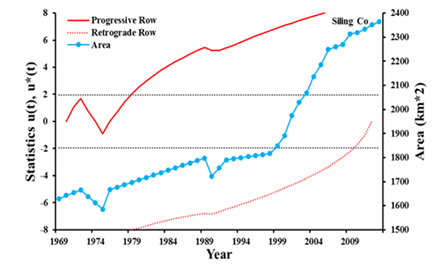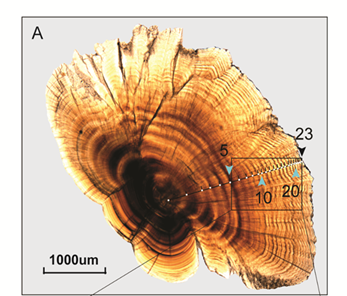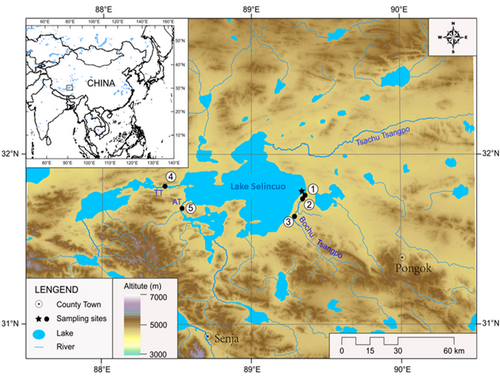
Newsroom
Climate Change Affects Fish Reproductive Phenology in Plateau Area: Study
Climate change has threatened the global environment and biodiversity, particularly the aquatic ecosystems as well as the development of human ecosociety. The Tibetan Plateau is the region possessing the richest water resources in Asia but highly affected by the global climate change. The intensified water cycling has increasingly affected aquatic environment since the 1980s. Glacial retreat, permafrost degradation, and changes in the precipitation regime resulted in a general lake expansion and river discharge changes across the whole region. However, it is largely unknown how aquatic ecosystems here respond to climate change.
The Research Group of Biological Invasion and Adaptive Evolution (BIAE; PI: Yifeng Chen) at Institute of Hydrobiology (IHB) of Chinese Academy of Sciences recently answered how reproductive phenology of Gymnocypris selincuoensis, an endemic fish in Lake Selicuo in Tibetan Plateau, associated with climate changes.
Results showed that the reproductive phenology of G. selincuoensis was strongly advanced during the 1970s and 2000s. Growing season of G. selincuoensis has been increased by 17 days at a rate of three days per decade on average. In addition, the reproductive phenology of G. selincuoensis was strongly advanced in the spring during the 1970s and 1990s, while the increased growing season length in the 2000s was mainly due to a delayed onset of winter.
The methods developed in this study provide more application opportunities in studying how fish and other aquatic organism respond to climate change. The research was published online in the journal Global Change Biology.
This work has been supported by the Chinese Academy of Sciences, National Natural Science Foundation of China and Ministry of Science and Technology over the past 20 years.

Change trend of Lake Selincuo (Image by IHB)

Sectioned otolith of G. selincuoensis (Image by IHB)

Sampling sites in this study (Image by IHB)